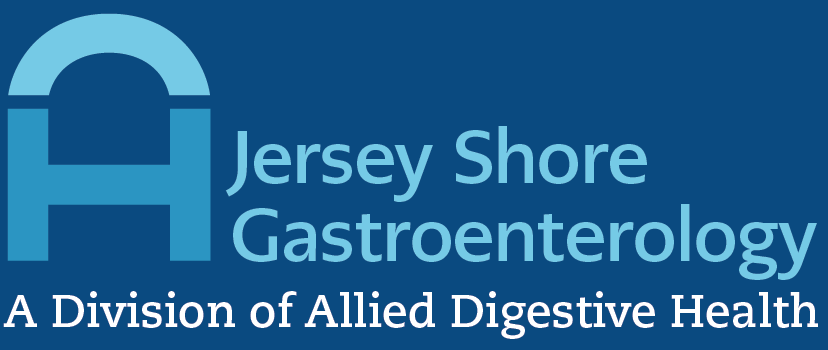What Is Foodborne illness?
You may often see a warning at the bottom of a restaurant menu advising you that undercooked eggs, shellfish, and meats may be unsafe. Foodborne illness from bacteria is more commonly known as food poisoning, and it occurs through improper storage, cooking, or handling of food. There is a minute amount of bacteria in all foods, but when food is improperly handled, stored, or cooked, bacteria can multiply, producing noticeable and painful symptoms. Foodborne illness can also be caused by parasites, toxins, viruses, and chemicals.
What Are the Symptoms of Foodborne illness?
The onset of food poisoning symptoms can begin suddenly. The most common symptoms of foodborne illness include:
- Abdominal pain
- Diarrhea (can be bloody)
- Nausea
- Vomiting
- Low-grade fever
- Dehydration
If vomiting has caused you to be excessively dehydrated, you may experience other symptoms caused by dehydration, such as:
- Excessive thirst
- Dark urine
- Feeling lightheaded
- Unexplained fatigue
- Infrequent urination
Am I at Risk for Foodborne illness?
Everyone is at risk for foodborne illness if they ingest contaminated food or beverages. However, some patients are in high-risk groups and should be evaluated by a medical professional should they show signs of foodborne illness. High-risk groups include:
- Older adults and the elderly
- Infants and young children
- Pregnant women
- Those with chronic conditions (diabetes, AIDS)
- Those undergoing chemotherapy or radiation
Food poisoning often disappears on its own within one to seven days. However, those in high-risk groups should be especially careful and schedule a consultation with their physician.
What Foods Are at Risk for Foodborne illness?
Certain foods pose a higher risk of contamination if they are mishandled or stored improperly. Some of these include:
-
- Raw foods (from animals). This includes raw meat, raw poultry, raw shellfish, raw eggs, or unpasteurized milk. These are the most common culprits of foodborne illness.
- Fruits and vegetables. Depending on how fruits and vegetables are harvested, they can become contaminated, particularly if manure is used as fertilizer. Always rinse your produce prior to eating or cooking.
- Raw sprouts. The way that raw sprouts are grown increases the risk of bacteria.
- Unpasteurized fruit juice or cider
- Any food that was mishandled by a person sick with diarrhea or other illness
What Are the Most Common Foodborne Microbes?
Five germs cause the most foodborne illness cases in the United States.
Norovirus spreads from person to person and through contaminated food and water. Its main symptoms are vomiting and diarrhea, as well as nausea and stomach pain. To prevent norovirus, wash your hands often, cook raw foods thoroughly, and rinse fruits and vegetables.
Salmonella causes 1.35 million infections in the U.S. every year. The incubation period is long, and symptoms may appear up to six days after ingesting contaminated food. Illness from Salmonella is not typically serious; however, sometimes, doctors prescribe antibiotics as treatment. Symptoms include diarrhea, fever, and stomach cramps. Do consult your physician if you see blood in the stool or have a fever higher than 102° F.
Clostridium perfringens (C. perfringens) is also one of the most common types of foodborne illness, affecting up to 1 million Americans each year. It is typically found on raw poultry and meat. Symptoms develop 6 to 24 hours after ingesting the contaminated substance, including diarrhea and abdominal cramps. C. perfringens typically goes away on its own and does not require antibiotics.
Campylobacter affects up to 1.5 people in the U.S. each year and is found on raw poultry. It can also be spread from person to person if someone touches contaminated poultry without washing their hands. It can also be found in seafood, meat, and untreated water. Symptoms often include bloody diarrhea, abdominal cramps, and vomiting. The incubation period is two to five days after exposure. Campylobacter is not typically serious, but there is a small risk of Campylobacter spreading into the bloodstream in high-risk groups, which can be life-threatening. Campylobacter is particularly resistant to some antibiotics but may respond to others if medical intervention is needed.
Staphylococcus aureus (Staph) is another common foodborne illness. Up to 25 percent of people have Staph in their nose and on their skin, but it doesn’t typically cause illness. However, Staph can produce toxins that contribute to foodborne illness. Staph can be present in many foods but is most commonly found in foods not cooked after someone handled them. This can include:
- Sliced meats and cheeses
- Pastries
- Sandwiches
- Puddings
Other bacteria and foodborne illnesses can cause contaminated food to smell or change color, but Staph can be present in food when it looks and smells okay. Staph toxin infection comes on quickly and can appear anywhere from 30 minutes to 8 hours after being exposed. Symptoms include nausea, vomiting, and stomach cramps. Staph cannot be passed from person-to-person contact. The toxin produced by Staph is not responsive to antibiotics; instead, your provider may prescribe you anti-nausea medication until symptoms subside. Those who are extremely dehydrated may need intravenous (IV) fluids.
Other common forms of bacterial foodborne illness that can be more serious and may require treatment include:
- Clostridium botulinum (botulism)
- Listeria
- Escherichia coli (E. coli)
- Vibrio
When Should I See a Doctor?
Many times, the foodborne illness goes away on its own. Sometimes, your doctor may prescribe a course of antibiotics, depending on the type of bacteria. If you suspect you have a foodborne illness, call your doctor if:
- You have a fever higher than 102° F
- Your vomiting won’t stop, and you can’t keep liquids down
- You suspect you have dehydration; symptoms include:
- Little or no urination
- Feeling dizzy when standing
- Dry mouth and throat


